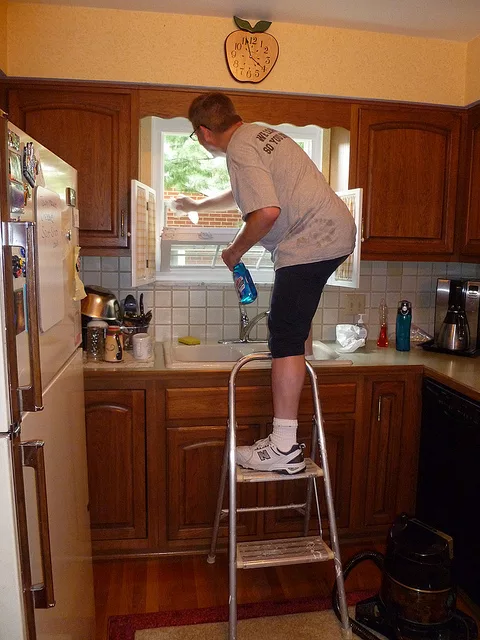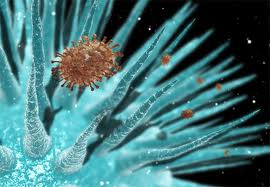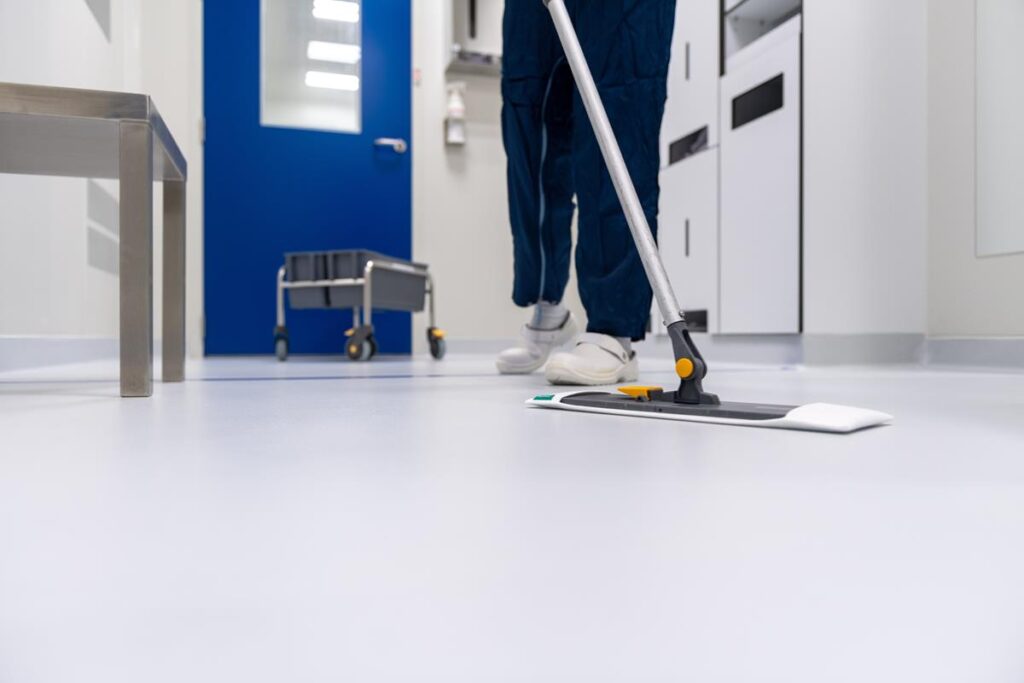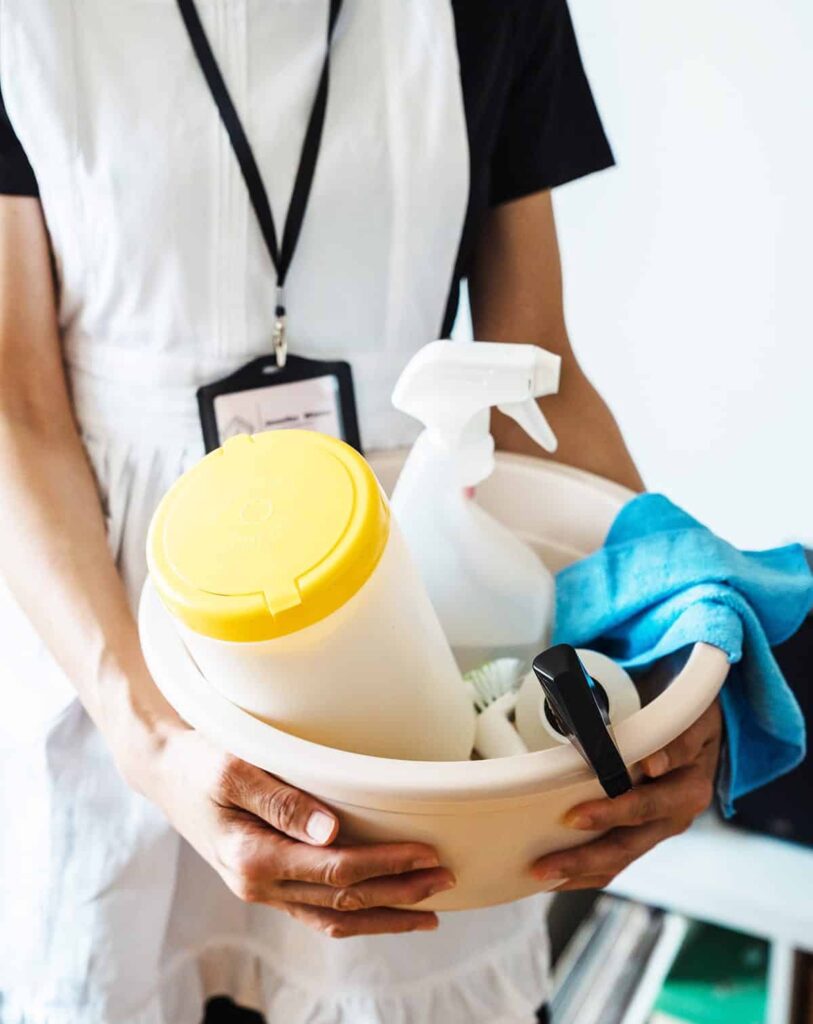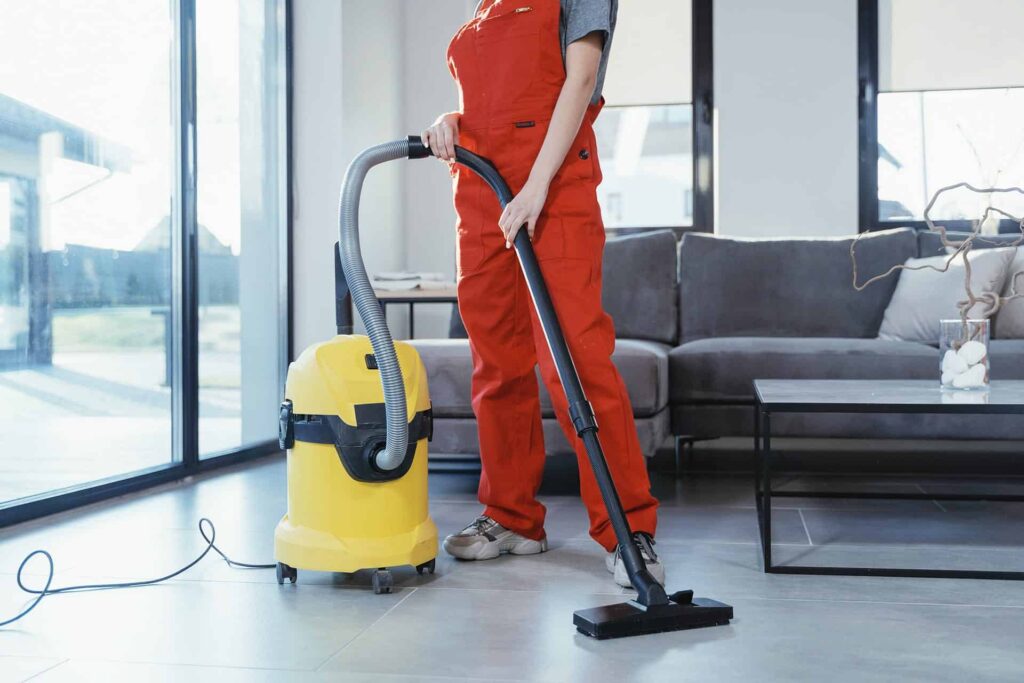Hidden Allergens in Your Home that Could Worsen Asthma
Hidden Allergens in Your Home that Could Worsen Asthma
Written by:
Asthma is a serious problem that affects approximately 25 million people in the U.S., according to figures from the Asthma and Allergy Foundation of America. It’s a condition that can be caused or exacerbated by allergens that float in the air and settle on items around the home. Allergens, which are substances that cause an immune response and ultimately allergic reactions, often have unexpected or hidden sources. When asthma sufferers are exposed to one or more of these triggers, they may experience a narrowing of their airways, which makes it more difficult for them to breathe. While asthma can be successfully managed in most cases, people should be aware of hidden triggers so that they can take steps to avoid them.
Food
One of the potential triggers for asthma is food allergies. While this is not a highly common type of asthma trigger, a reaction from a food allergy can be severe for individuals with asthma. In extreme cases, it can even be deadly. The food items that most commonly result in severe issues include eggs, peanuts and tree nuts, milk and milk-based foods, wheat, and shellfish. Food additives and preservatives can also cause adverse reactions in people who have asthma. Common additives that are problematic for people with allergies include sulfites, which can occur naturally in items such as certain types of alcohol and are sometimes added as a type of preservative to prevent discoloration. People with a sulfite sensitivity should avoid foods that commonly contain them, such as fresh shrimp, frozen potatoes, beer, and dried fruit. Other people may experience asthma attacks due to a hypersensitivity to tartrazine, which is a food dye found in cheese, hot dogs, ketchup, and canned vegetables.
Hidden Mold
Visible and hidden mold can also be problematic for allergy sufferers and people with asthma. A mold allergy can cause reoccurring symptoms year-round, such as a sore throat, stuffy nose, and itchy eyes, and it can also be an asthma trigger, causing wheezing, tightness in the chest, and shortness of breath. It’s also been found that infants living in homes where there are certain types of mold are more likely to develop childhood asthma. Alternaria, Aspergillus, Penicillium, and Cladosporium are molds that are most closely associated with indoor asthma.
Mold spores may enter the home through openings such as windows or through ventilation systems. They may also be carried indoors on articles of clothing or pets. Mold can be found in kitchens, bathrooms, or in almost any room, including basements and attics. Common places where indoor mold can be found include windows, walls, and appliances such as washing machines and refrigerators.
There are several ways that a person can tell if there’s mold in the home. Mold will often appear either black or greenish-black, depending on the type. People who do not readily see signs of mold may smell it, as it can have a musty odor. Another way to determine if mold is present is to have the home tested, which usually involves using a mold testing kit to collect a sample and send it to a lab. People should remove mold immediately if they discover it in their home, even if they do not suffer from asthma.
Toys/Household Items
Household items may be covered in allergens that can be a potential problem for people with asthma. Other than mold, other common indoor allergens include pet dander, household dust, and pollen. In homes where there are cockroaches, their droppings can also impact people with allergic asthma. Allergens can be found on everything from furniture to carpets. Bedrooms are a major spot for allergens to be found, as they can settle on mattresses, pillows, and bedding. The filling of stuffed toys can collect droppings from dust mites and other allergens. These irritants can also collect in the fur of stuffed animals. This can be a problem for children who hug and sleep with their favorite fabric dolls or stuffed animals, which is why it’s often recommended that children who have severe allergies have limited exposure to porous toys. To help manage dust mite allergies in children who do play with stuffed toys, only purchase ones that are machine-washable, then clean or put them in the freezer weekly.
Contact Us
Get a quote
Your satisfaction is our priority, and we’re here to assist. Reach out to Busy Bee effortlessly by contacting us. Whether you have questions, need a custom quote, or want to discuss your cleaning requirements, our friendly team is ready to respond promptly. Connecting with us is the first step towards a cleaner and more comfortable environment for your home or business.
Call us for a quote today!
Contact Us
Get a quote
Your satisfaction is our priority, and we’re here to assist. Reach out to Busy Bee effortlessly by contacting us. Whether you have questions, need a custom quote, or want to discuss your cleaning requirements, our friendly team is ready to respond promptly. Connecting with us is the first step towards a cleaner and more comfortable environment for your home or business.



